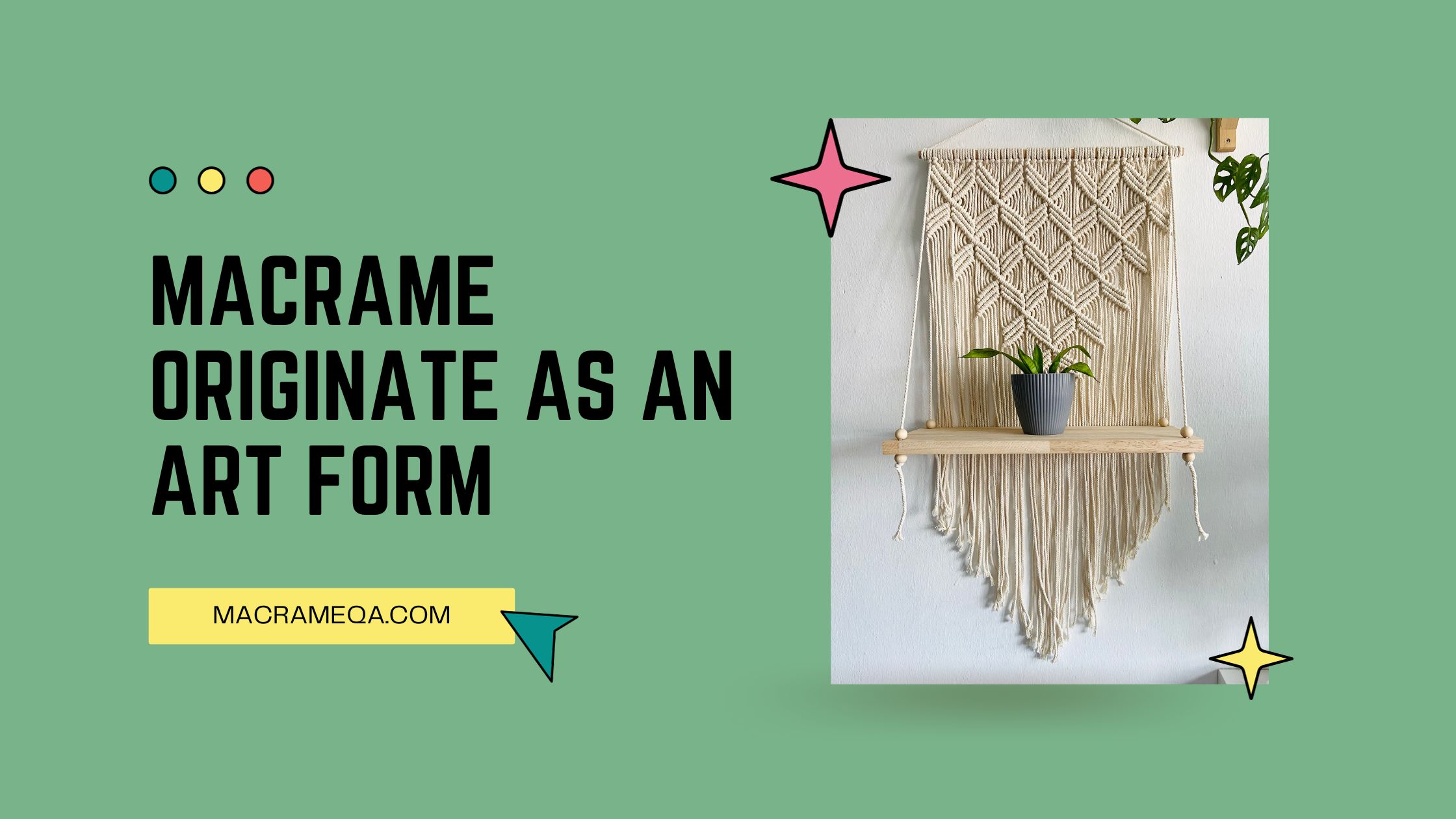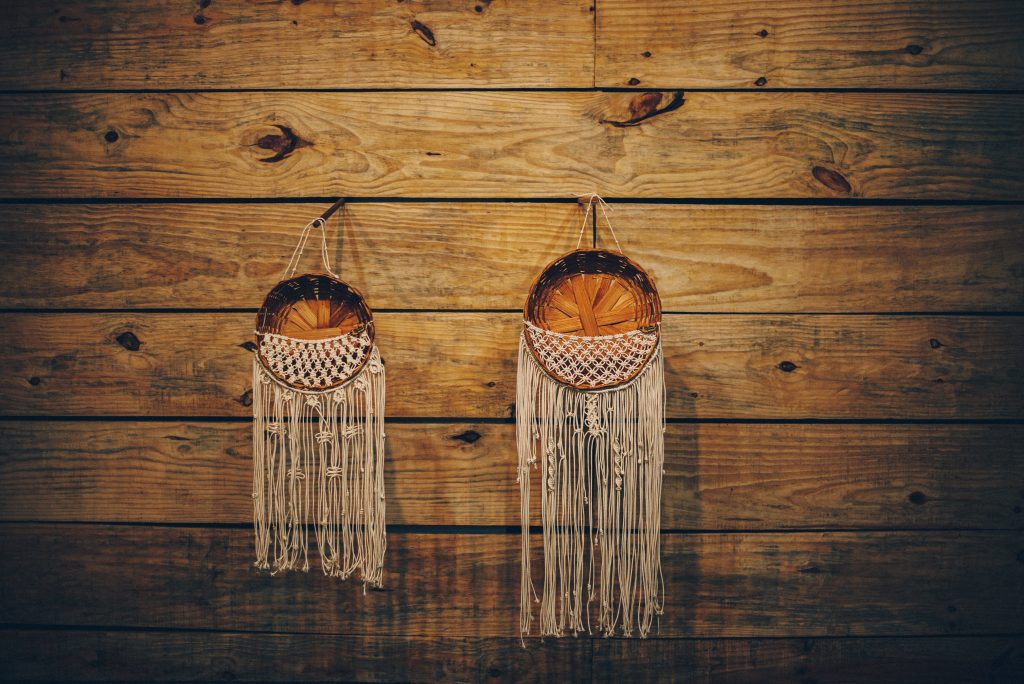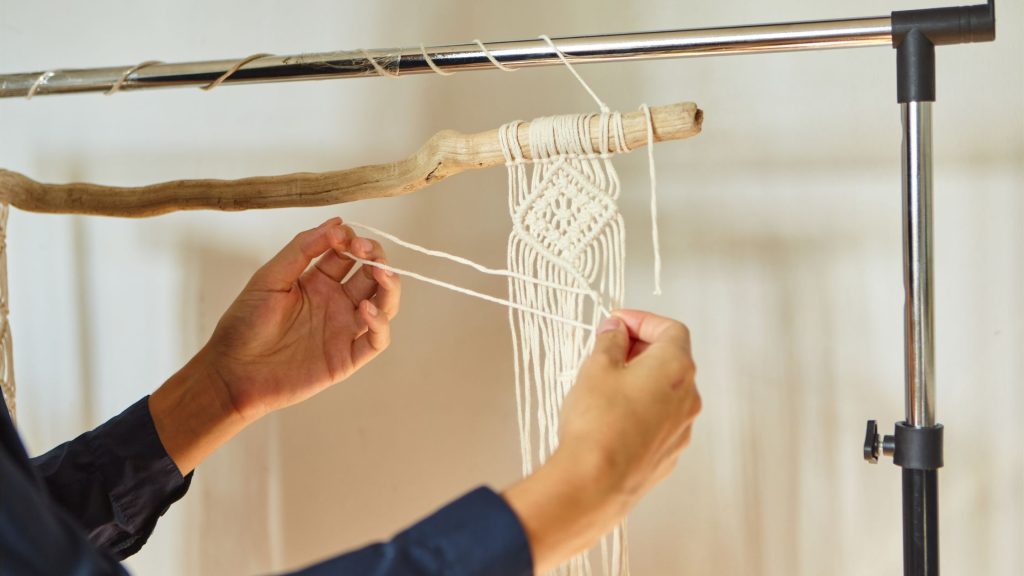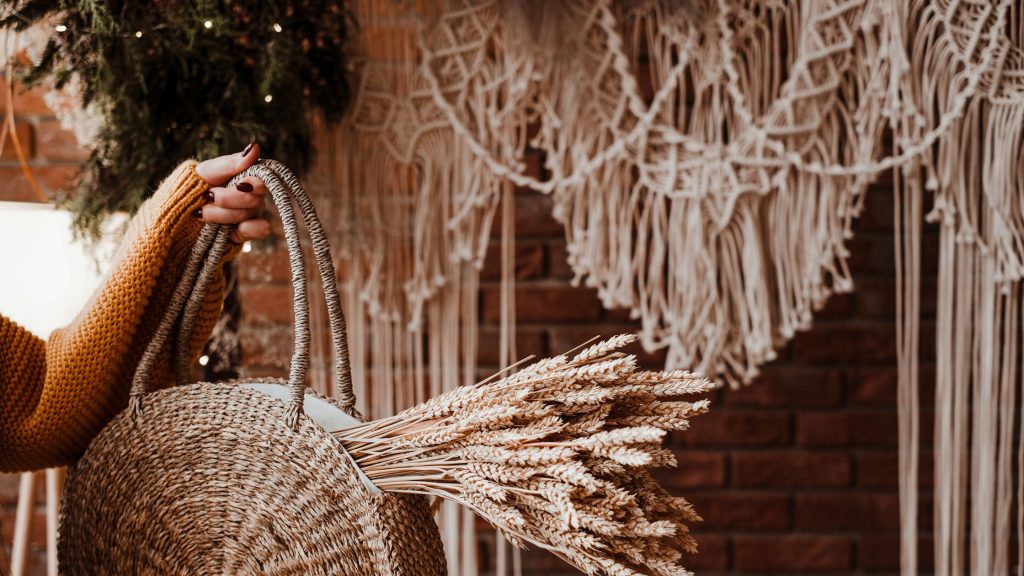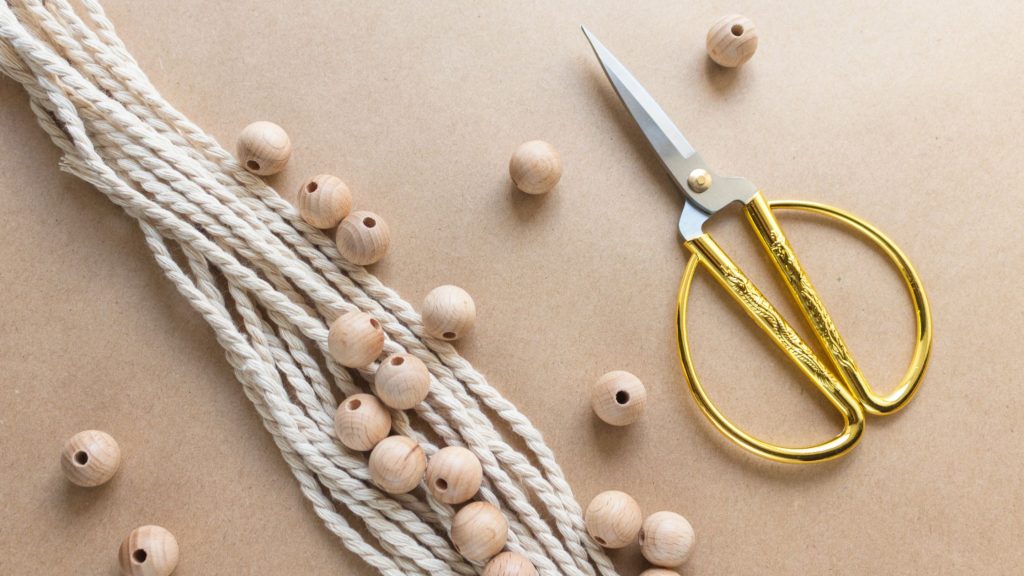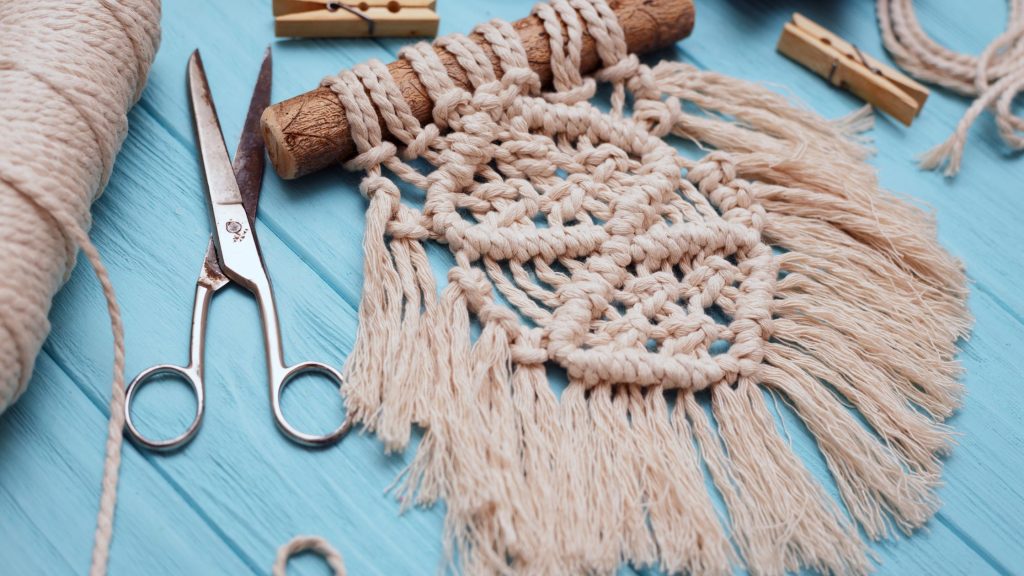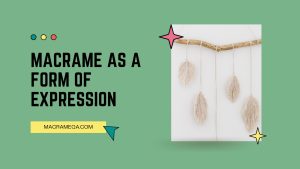Macrame, an intricate art form consisting of knotting cord or yarn, has a rich history that dates back centuries. The origins of macrame can be traced back to ancient times when it was used by various cultures around the world for practical and decorative purposes. From the Middle East to China and even the Native Americans, macrame has been embedded in different traditions, reflecting the diverse techniques and styles that have evolved. In this article, we will explore the fascinating journey of how macrame originated as an art form and became the mesmerizing craft we know and love today.
The Origins of Macrame
The Definition of Macrame
Macrame is a form of textile art that involves the creation of intricate patterns and designs through the knotting of cords. The word “macrame” is believed to have derived from the Arabic word “migramah,” which means “fringe.” This art form has been practiced for centuries in various cultures around the world, and its popularity has continued to grow over time.
Early Origins of Knotting Techniques
The origins of macrame can be traced back thousands of years to ancient civilizations that developed various knotting techniques. These techniques were initially used for practical purposes such as securing items or creating functional objects. Over time, these early knotting techniques evolved into a decorative art form, paving the way for the emergence of macrame as we know it today.
Ancient Civilizations and Macrame
Macrame in Ancient Egypt
Ancient Egypt played a significant role in the development of knotting techniques that eventually contributed to the art of macrame. Egyptian artisans used knotting techniques to create intricate decorations for clothing, jewelry, and even furniture. These decorative knotting techniques were embraced by the elite classes and were considered a symbol of wealth and status.
Macrame in Ancient China
Macrame also has a rich history in ancient China. The Chinese developed their unique knotting techniques, which were highly prized and often used in the creation of garments and accessories. Knotting became an integral part of Chinese culture, with different knots symbolizing various meanings, such as prosperity, luck, and protection.
Macrame in Ancient Persia
Ancient Persia, known for its elaborate artistic expressions, also contributed to the growth of macrame. Persian craftsmen incorporated knotting techniques into their textiles, creating intricately knotted tapestries and decorative hangings. These works of art were highly valued and were often found in palaces and wealthy households.
Macrame in Ancient Greece and Rome
The ancient Greeks and Romans were no strangers to the art of macrame either. In ancient Greece, macrame was used for various purposes, including creating nets for fishing and hammocks for relaxation. Roman artisans, on the other hand, used knotting techniques to produce intricate jewelry and ornamental objects.
Macrame in the Middle Ages
Macrame in Medieval Europe
During the Middle Ages, macrame spread throughout Europe and became a popular decorative art form. The knotting techniques that were once used primarily for practical purposes evolved into more intricate designs, often seen adorning clothing, tapestries, and even bed canopies. Macrame was highly esteemed among the nobility and was considered a symbol of wealth and sophistication.
Macrame During the Arab Invasion
Macrame also influenced the art and culture of Medieval Europe through the Arab invasion. The Arabs brought with them their advanced knotting techniques, which greatly influenced European craftsmen. These techniques were incorporated into various aspects of medieval life, including clothing, jewelry, and home decor.
Macrame in the Renaissance
Macrame and Renaissance Fashion
During the Renaissance period, macrame experienced a resurgence in popularity, particularly in the realm of fashion. Intricately knotted accessories, such as collars, cuffs, and belts, became fashionable among the wealthy elite. Macrame lace, known as “punto a tombolo,” was also highly sought after and featured intricate knotting patterns reminiscent of earlier civilizations.
Macrame in the New World
Macrame in Native American Culture
Native American tribes in North and South America have a long history of incorporating macrame into their cultural practices. These intricate knotting techniques were used to create various objects and artworks, including dreamcatchers, jewelry, and ceremonial regalia. Macrame held spiritual significance for many tribes, with each knot holding symbolic meaning.
Macrame During Colonial Times
Macrame continued to thrive during colonial times as European settlers brought their knotting traditions to the New World. Craftsmen developed unique techniques and incorporated local materials into their macrame creations. Macrame was often used to make plant hangers, decorative wall hangings, and tablecloths, adding a touch of beauty and creativity to colonial homes.
Macrame in the 19th and 20th Centuries
Macrame in Victorian England
Macrame experienced a resurgence in popularity during the Victorian era in England, with the rise of the Arts and Crafts movement. Middle-class women took up macrame as a hobby, creating intricate and elaborate designs. Macrame lace curtains and decorative hangings adorned many Victorian homes, showcasing the craftsmanship and creativity of the era.
Macrame as Decorative Art in the 20th Century
In the 20th century, macrame expanded its reach and became a popular form of decorative art worldwide. It gained particular popularity in the 1970s during the hippie movement, with macrame plant hangers, wall hangings, and jewelry being highly sought after. The versatility of macrame allowed for endless possibilities in design, leading to its widespread use in interior decor and fashion.
Macrame in the Modern Era
The Macrame Revival in the 1970s
After a period of decline, macrame experienced a revival in the 1970s as people sought unique and handmade items. The bohemian and natural aesthetic of macrame appealed to many, and it became a popular DIY craft. Macrame workshops and classes sprouted up, allowing individuals to learn and create their macrame pieces.
Contemporary Macrame Art
In the modern era, macrame has evolved into a highly respected art form. Artists push the boundaries of traditional knotting techniques, creating large-scale installations, intricate sculptures, and conceptual designs. Macrame is featured in galleries and museums, appreciated for its intricate details, texture, and artistic expression.
Macrame Techniques and Materials
Basic Knotting Techniques
Macrame involves various knotting techniques that form the foundation of this art form. Some of the basic macrame knots include the square knot, the half-hitch, the double half-hitch, and the Josephine knot. These knots can be combined and manipulated to create unique patterns, textures, and shapes.
Materials Used in Macrame
Traditionally, macrame was created using natural fibers such as cotton, hemp, or jute. These materials provided strength and durability to macrame pieces. However, modern macrame artists also experiment with synthetic fibers, yarn, rope, and even recycled materials to add a contemporary twist to their creations.
Macrame Patterns and Designs
Traditional Macrame Designs
Traditional macrame designs often feature symmetrical patterns and repetitive motifs. Some commonly seen traditional macrame patterns include alternating square knots, spiral knotting, and chevron patterns. These patterns are often used in various macrame projects, ranging from jewelry to wall hangings.
Modern Macrame Patterns
In recent years, modern macrame patterns have emerged, incorporating new and innovative designs. Macrame artists combine traditional knotting techniques with contemporary elements, creating unique patterns and asymmetrical designs. These modern patterns often feature bold shapes, unexpected color combinations, and intricate details.
Macrame Around the World
Macrame in Different Cultures
Macrame has become a global art form, with different cultures infusing their unique styles and techniques into the craft. Countries such as Brazil, Morocco, and Indonesia have their distinct macrame traditions, incorporating cultural symbolism and local materials into their designs. Exploring macrame from various cultures provides a glimpse into the rich diversity and creativity of this art form.
Macrame as a Global Art Form
Today, macrame transcends geographical boundaries and serves as a medium of artistic expression worldwide. Artists from different countries showcase their macrame works in exhibitions and online platforms, sharing their creativity and passion with a global audience. Macrame has truly become a global art form that continues to evolve and inspire creativity across cultures.
Conclusion
In conclusion, the origins of macrame can be traced back to ancient civilizations, where knotting techniques were used for both practical and decorative purposes. Over the centuries, macrame has evolved into a renowned art form that has left its mark on various cultures around the world. From ancient Egypt to modern exhibitions, macrame continues to captivate with its intricate knotting techniques, diverse materials, and timeless beauty. Whether crafting traditional patterns or pushing the boundaries of design, macrame remains a versatile and beloved art form that enchants and inspires.

